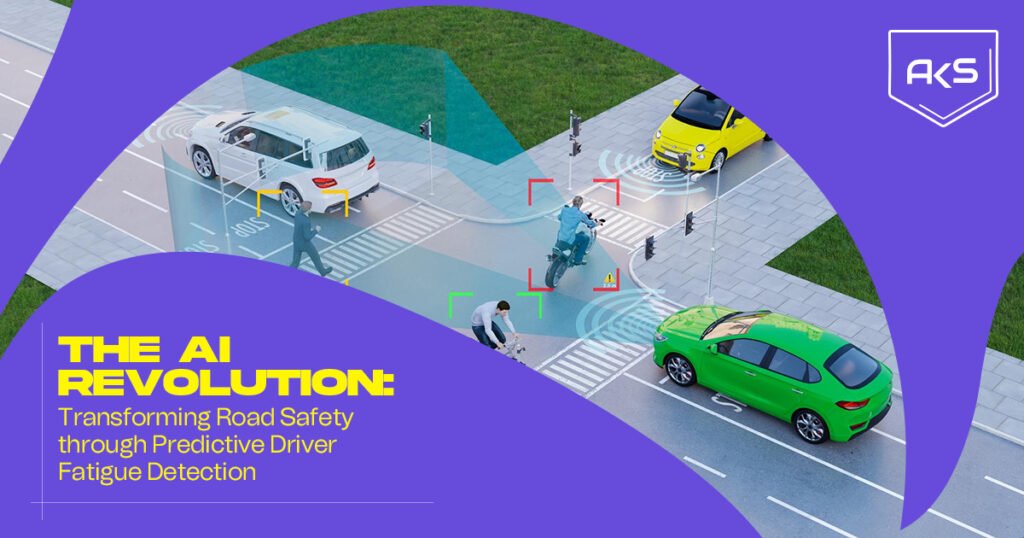The AI Revolution: Transforming Road Safety through Predictive Driver Fatigue Detection

In the world of transportation, driver fatigue remains a critical issue contributing to road accidents and fatalities. According to statistics from various road safety organizations, drowsy driving leads to thousands of crashes each year, emphasizing the urgent need for innovative solutions to address this concern. As technology continues to advance, artificial intelligence (AI) emerges as a promising tool in predicting and preventing driver fatigue, potentially paving the way for safer roads.
Understanding Driver Fatigue:
Driver fatigue poses a significant threat to road safety. It impairs a driver’s attention, reaction time, and decision-making ability, leading to an increased risk of accidents. Factors such as insufficient sleep, long hours of continuous driving, monotonous roads, and night-time driving amplify the likelihood of drowsiness behind the wheel.
Traditional methods to mitigate driver fatigue have largely relied on manual interventions, like periodic breaks, signage reminders, or subjective assessments by law enforcement officials. While these measures are helpful, they might not be sufficient in preventing accidents caused by sudden instances of driver drowsiness.
The Role of AI in Predicting Driver Fatigue:
AI technology offers a more proactive approach to combating driver fatigue. By leveraging machine learning algorithms and data collected from various sensors within a vehicle, AI systems can analyze patterns in a driver’s behavior, including steering patterns, eye movements, and physiological signals, to detect signs of fatigue.
For instance, facial recognition technology integrated into vehicles can monitor a driver’s facial expressions and eye movements to detect indicators of drowsiness, such as drooping eyelids or prolonged eye closure. Additionally, AI-powered systems can analyze driving patterns, including erratic steering or sudden corrections, to identify deviations from a driver’s normal behavior that might signal fatigue.
Moreover, the integration of AI with other sensors, such as heart rate monitors or wearable devices, can provide real-time data on a driver’s physiological state, offering more accurate predictions of fatigue.
Benefits and Challenges:
The potential benefits of AI in predicting driver fatigue are substantial. Timely detection of fatigue can prompt proactive interventions, such as alerting the driver through audio-visual cues or recommending rest stops, preventing potential accidents. Furthermore, AI systems can adapt and improve over time by continuously learning from new data, enhancing their accuracy in detecting fatigue signs.
However, challenges exist in implementing AI-based fatigue detection systems. Privacy concerns regarding the collection and use of personal data, the accuracy and reliability of AI algorithms, and the need for standardized regulations and guidelines are some of the hurdles that need to be addressed for widespread adoption.
Looking Ahead:
Despite the challenges, the integration of AI in predicting driver fatigue holds immense promise for road safety. Collaborative efforts between automotive manufacturers, AI developers, regulatory bodies, and researchers are essential to refine these technologies, ensuring their reliability and ethical use.
As advancements in AI continue, the vision of safer roads, with reduced accidents caused by driver fatigue, appears within reach. The fusion of technology and safety initiatives could revolutionize transportation, making our roads safer for drivers, passengers, and pedestrians alike.
Conclusion:
The integration of AI in predicting driver fatigue represents a significant leap towards a safer driving environment. With continuous advancements and collaborative efforts, the potential for AI-driven solutions to mitigate the risks associated with drowsy driving offers a beacon of hope for safer roads in the future.


